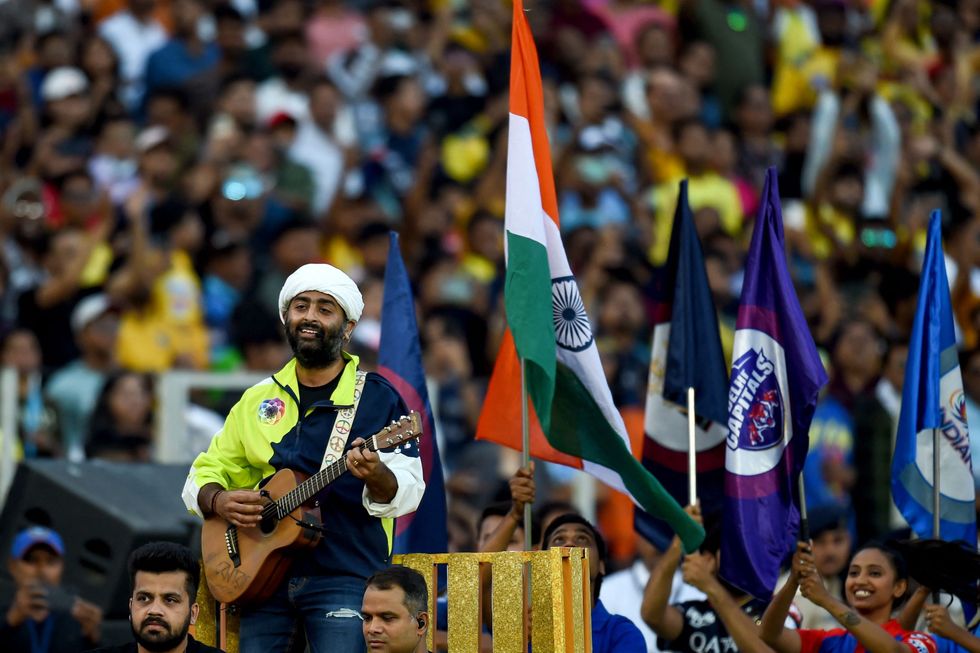Tamannaah Bhatia is a big name down South and has been a part of many big films. In Bollywood, the actress has done a few films like Himmatwala, Humshakals, Entertainment, and others. However, she is yet to make it big in Bollywood.
Tamannaah has been roped in to star opposite Nawazuddin Siddiqui in Bole Chudiyaan. The movie earlier starred Mouni Roy, but she opted out of the film. Recently, while talking about the film, Tamannaah said, "I know that Baahubali was a big deal for me but in this film, I am approaching my character very differently. The world of this film is very different. It is a Hindi film. I want our audience to look at me as a newcomer. I want to focus on the emotion of the character rather than applying my experience from my early films.”
When asked what her reaction was when she was offered the film, the actress said, "Firstly, when I got a call to act opposite an actor like Nawazuddin Siddiqui, I thought someone was playing a prank. So, I cross-checked and then realised it was a genuine offer! I have to say that I am a huge fan of Nawaz sir.”
Talking about sharing screen space with Nawazuddin Siddiqui, she said, "I am amazed to see how effortlessly he acts on screen and convincingly portrays every character. I think by the time I finish shooting the film, I will get to know his acting secret!"
Tamannaah’s last Bollywood film was Khamoshi which failed to make a mark at the box office. During an interview with us when we had asked her why we don’t get to see her in more Bollywood films, the actress had said, “I have not been choosing films according to language. Now it’s just like if it is a good script, it could be in any language I want to do it. So, for me, it is important that wherever I do films, the script and the subject should excite me. I would love to do Hindi films, I keep listening to scripts, but I am very selective because I feel like it is so important that whenever I do a Hindi film it should be something that I resonate with. So, yeah, I have been extremely low key on that. But I keep hearing fans, they are like all the time, ‘you should do more Hindi movies’.”





 Priyanka Chopra calls herself nascent in Hollywood as 'Heads of State' streams on Prime VideoGetty Images
Priyanka Chopra calls herself nascent in Hollywood as 'Heads of State' streams on Prime VideoGetty Images  Priyanka Chopra wants to build her English film portfolio after Bollywood successGetty Images
Priyanka Chopra wants to build her English film portfolio after Bollywood successGetty Images  Ilya Naishuller, Priyanka Chopra and John Cena attend the special screening for "Head of State" Getty Images
Ilya Naishuller, Priyanka Chopra and John Cena attend the special screening for "Head of State" Getty Images








 Arijit Singh performing Instagram/
Arijit Singh performing Instagram/ Arijit Singh clicked during a performance Getty Images
Arijit Singh clicked during a performance Getty Images 


 Liam Gallagher accepts Oasis' award for 'Best Album of 30 Years' Getty Images
Liam Gallagher accepts Oasis' award for 'Best Album of 30 Years' Getty Images  Liam Gallagher plays to a sell out crowd at the Universal AmphitheatreGetty Images
Liam Gallagher plays to a sell out crowd at the Universal AmphitheatreGetty Images Liam and Noel Gallagher perform together in Cardiff for the first time since 2009 Instagram/oasis
Liam and Noel Gallagher perform together in Cardiff for the first time since 2009 Instagram/oasis